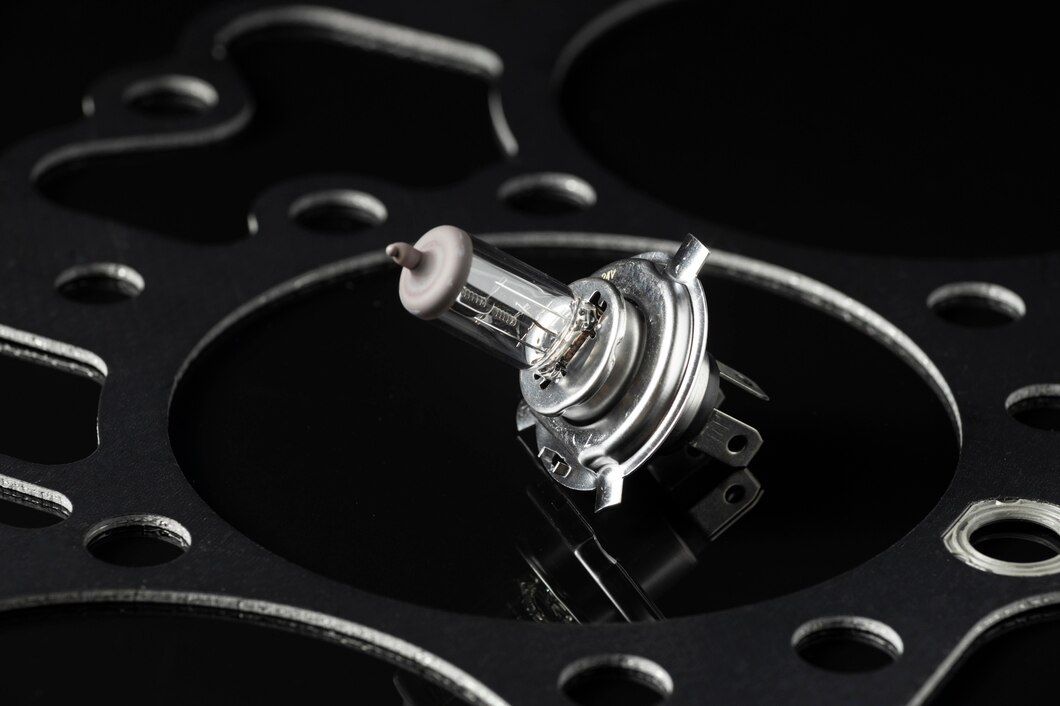
Sponsored article
Dive deep into the intricacies of the automobile industry with a special focus on turbochargers in this article. We will explore how these intricate devices, pivotal in any supercharged vehicle, work to amplify performance and efficiency. A comprehensive understanding of turbochargers, their impact on vehicle performance, and their environmental implications await you.
Grasping the basics of a turbocharger is essential in understanding its role within the automotive industry. A turbocharger is a device that pushes extra air into the engine, increasing its efficiency and power output. The components of a turbocharger typically include a turbine, compressor, and a central shaft. The engine’s exhaust gas spins the turbine, which then spins the compressor via the shaft, ultimately compressing incoming air before it enters the engine’s cylinders.
Importantly, the functioning of turbochargers can be enhanced by utilizing Electric Actuators. These crucial components help in controlling the amount of boost provided by the turbocharger. Here are some benefits:
This information should equip a car owner with the basics to further explore turbocharger functionalities.
When discussing turbochargers and vehicle performance, it’s undeniable that turbochargers play an integral role in boosting a vehicle’s speed and fuel efficiency. Using compressed air to feed the engine, turbochargers allow for an efficient use of fuel, leading to a noticeable enhancement in vehicle performance.
The inclusion of a turbocharger in a vehicle offers the dual benefit of increased speed and optimised fuel consumption. Fuel efficiency is a key feature of turbochargers; by burning less fuel but providing more power, turbochargers elevate the mileage of a vehicle while concurrently amplifying its speed. Therefore, turbochargers embody a groundbreaking solution in the automotive industry for achieving an optimal balance between acceleration and fuel efficiency.
Understanding the environmental impact of automotive technologies is crucial in our era of climate change, and turbochargers lead the way in this regard. Turbochargers help to optimize engine efficiency, resulting in lower CO2 emissions and contributing to sustainability in the automotive industry.
The key role of turbochargers in reducing exhaust gases has not only an economic dimension but also directly affects environmental protection. Innovations in turbocharging technology are instrumental in reducing harmful emissions and promoting sustainability in the sector. Ultimately, this allows us to strike a balance between the power-demanding modern consumer and the need to protect our planet.